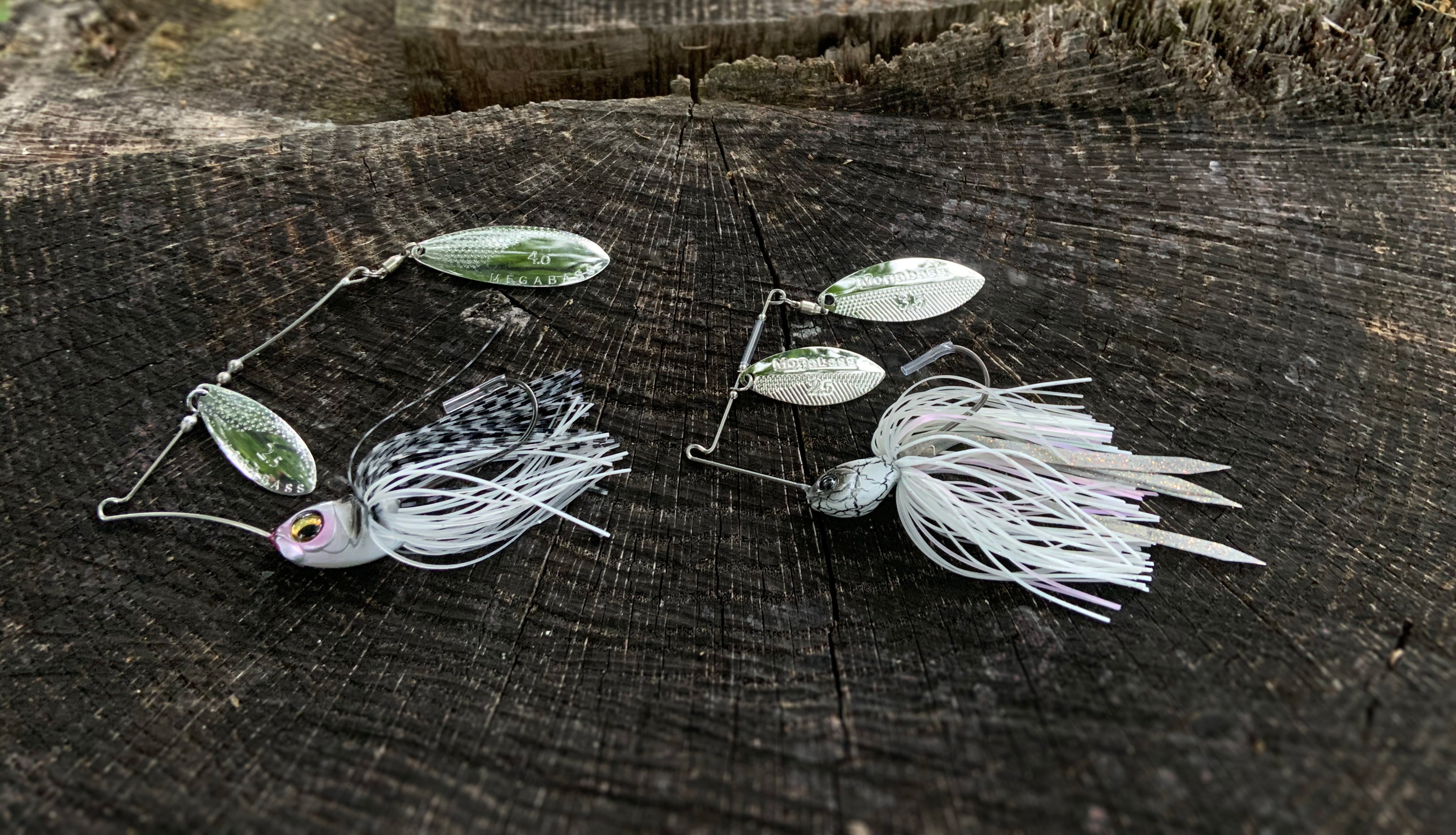Summer Bass Fishing: Tips, Techniques, and Tactics for Success
Summer is a prime time for bass fishing, offering anglers warm weather and active fish. However, the high temperatures and increased fishing pressure can also present challenges. Understanding where to find bass, the types of cover they prefer, and the best times to fish can significantly enhance your chances of success. This guide will delve into these aspects, providing detailed insights and tips for fishing for bass during the summer months.
Understanding Summer Bass Behavior:
As water temperatures rise in the summer, bass behavior shifts significantly. They move from their spring spawning grounds to deeper, cooler waters and areas with current. The metabolic rate of bass increases in warmer water, meaning they need to eat more frequently, which can be advantageous for anglers who know where to find them and how to present their lures effectively.
Key Areas to Look for Summer Bass:
- Main Lake Structures: During the summer, bass often stage on main lake structures such as points, humps, and ledges. These areas provide deeper, cooler water that bass prefer during the heat of the day. Look for structures that drop off quickly into deeper water, as these can be prime feeding areas.
- Current-Related Spots: Bass are drawn to areas with current, such as river channels, creek mouths, and main lake points. The current brings oxygen and food, making these spots ideal for bass to congregate. In reservoirs, focus on areas where creeks or rivers enter the lake.
- Thermoclines: A thermocline is a layer in the water column where the temperature changes rapidly. Bass will often hold just above or below this layer because it provides optimal temperature and oxygen levels. Using electronics can help locate the thermocline and the bass associated with it.
Types of Cover Bass Will Be Around:
- Vegetation: Aquatic vegetation like hydrilla, milfoil, and lily pads provide excellent cover and cooler water. Bass often ambush prey from these areas, especially in the mornings and evenings when the water temperature is more moderate.
- Man-Made Structures: Docks, submerged bridges, and artificial reefs offer shade and structure for bass. These spots can be especially productive during the hottest parts of the day when bass seek refuge from the sun.
- Wood and Timber: Fallen trees, stumps, and brush piles offer shade and structure. These areas are particularly effective in lakes where natural cover is limited.
The Effects of Fishing Pressure:
In the summer, popular fishing spots can become crowded, leading to increased fishing pressure. Bass in heavily fished areas can become wary and more difficult to catch. To counteract this:
- Fish during off-peak times, such as weekdays or early mornings, to avoid the crowds.
- Use finesse techniques and natural-looking baits to entice pressured fish.
- Explore less popular areas of the lake that may receive less fishing pressure.
The Morning Bite:
The early morning hours can be the most productive time for summer bass fishing. As the water cools overnight, bass become more active and move into shallower areas to feed. The reduced light levels also make bass less wary, increasing their willingness to strike lures.
- Topwater Baits: Early morning is prime time for topwater action. Lures like poppers, walking baits, and buzzbaits can draw explosive strikes from bass feeding on the surface.
- Shallow Crankbaits and Spinnerbaits: These lures can be effective for covering water quickly and locating active fish in the morning.
Regional Considerations:
The behavior of summer bass can vary depending on the region of the country:
- Northeast: In northern states, summer bass fishing peaks later than in the South due to cooler water temperatures. Focus on deep natural lakes and reservoirs with clear water. Smallmouth bass are particularly prevalent in these regions, often found around rocky structures and deep weed edges.
- Southeast: In the southeastern U.S., bass spawn earlier, and summer patterns set in by late spring. Target large reservoirs and river systems with significant current and vegetation. Largemouth bass are the primary species, often found around dense vegetation and submerged timber.
- Midwest: The Midwest offers diverse fishing opportunities, from natural lakes to man-made reservoirs. Summer bass can be found around main lake points, humps, and submerged islands. Both largemouth and smallmouth bass are common, with smallmouths favoring deeper, rockier areas.
- West Coast: On the West Coast, summer bass fishing can be excellent in large reservoirs and natural lakes. Clear water and rocky structures dominate these fisheries, making finesse techniques and clear water baits highly effective. Both largemouth and smallmouth bass are prevalent, with smallmouths favoring deeper, rocky areas.
Summer bass fishing can be incredibly rewarding for anglers who understand the seasonal behavior of bass and adapt their tactics accordingly. By focusing on main lake structures, current-related spots, and various types of cover, and by paying attention to fishing pressure and the importance of the morning bite, you can increase your chances of success. Whether you're fishing in the Northeast, Southeast, Midwest, or West Coast, these tips and techniques will help you make the most of your summer bass fishing adventures.











